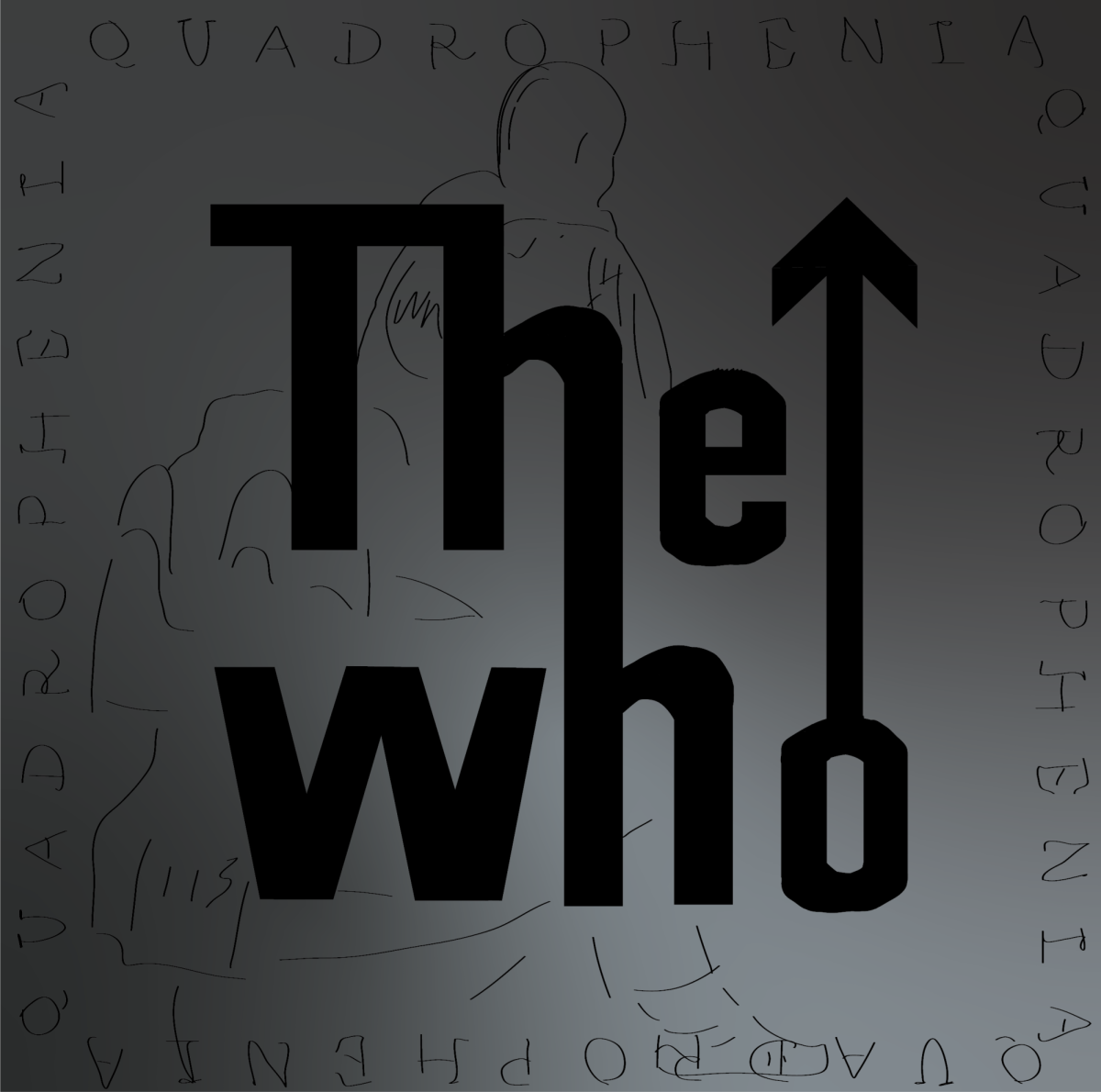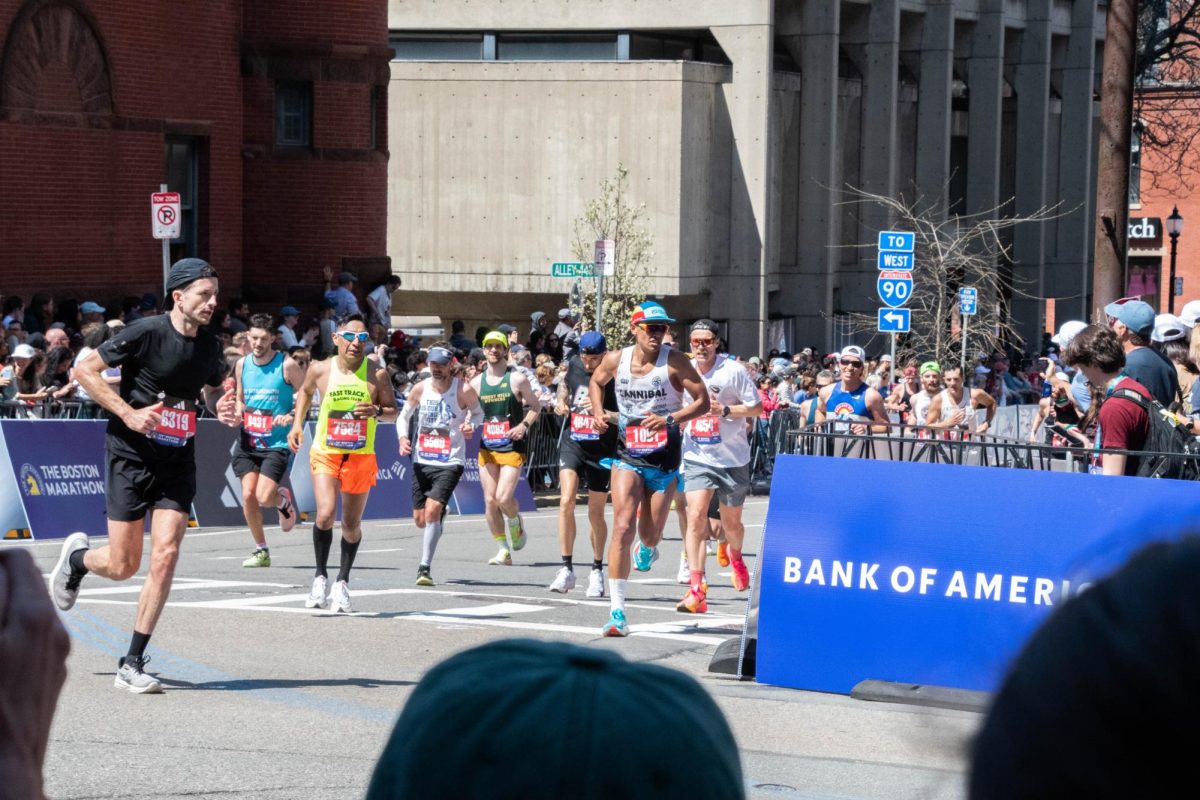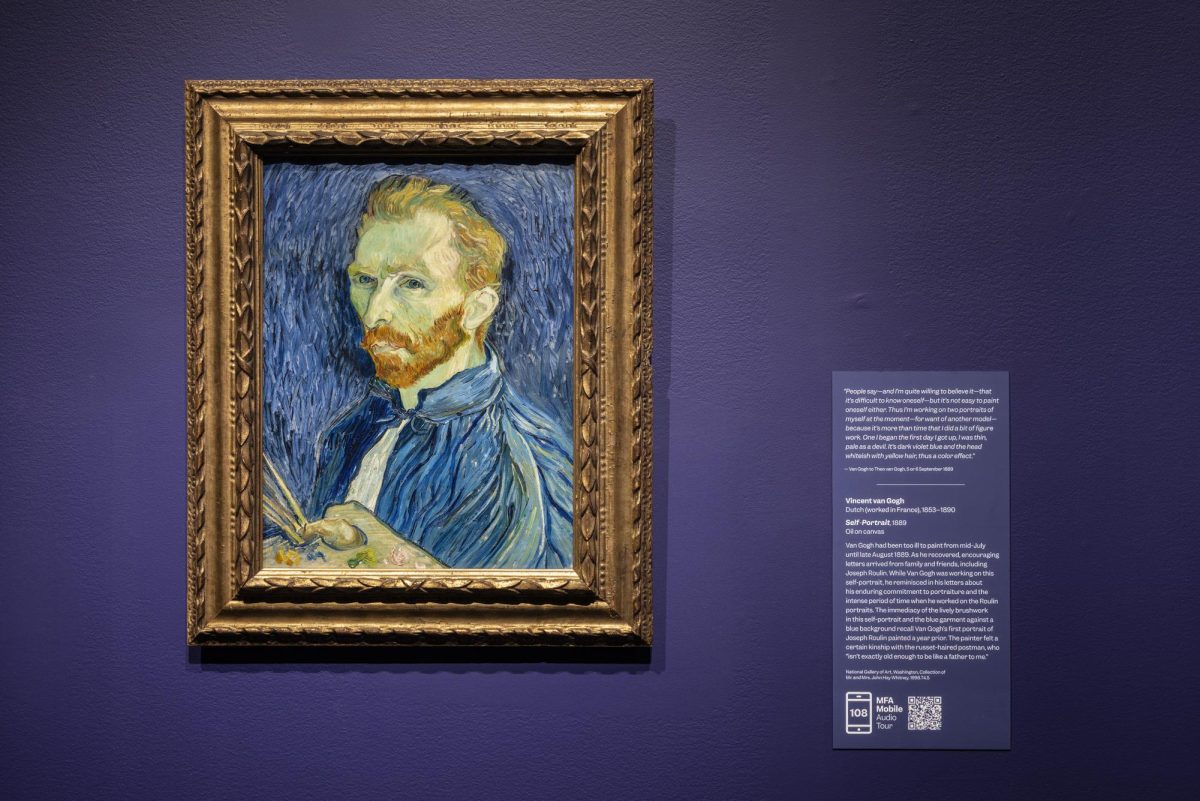The story starts in 1969 when The Who changed music forever by creating the first successful rock opera, “Tommy,” which tells the story of a “deaf, dumb and blind boy” who becomes a famed pinball player and then a cult leader. This 24-track album elevated the band to an unforeseen level of sociocultural significance, culminating in its performance of “Tommy” at Woodstock.
Pete Townshend, the group’s principal songwriter, aimed to follow “Tommy” with a science fiction rock opera dubbed “Lifehouse,” but The Who decided to release a non-conceptual album due to logistical concerns and a lack of public interest. What followed was the 1971 album “Who’s Next,” the band’s first album to rise to the number one slot on the Official Albums Chart in the United Kingdom, with such classics as “Baba O’Riley,” “Behind Blue Eyes” and “Won’t Get Fooled Again.”
By 1973, though, the band was the most fractured it had ever been — vocalist Roger Daltrey and bassist John Entwistle worked on solo albums while drummer Keith Moon pursued acting. Townshend, having just released “Who Came First” and organized “Eric Clapton’s Rainbow Concert,” sought to reassemble The Who for a new rock opera that would perhaps compensate for the failed “Lifehouse” project. Thus, “Quadrophenia” was born.
Starting in London in 1965, “Quadrophenia” tells the story of Jimmy Cooper, a teenager struggling to keep up with the fashion, drugs and violent tendencies of England’s “mod” subculture. The narrator considers his self-worth through disagreements with his parents over his use of amphetamines (“But my mother found a box of blues / And there doesn’t seem much hope / They’ll let me stay,” from “Cut My Hair”), his inability to hold a job (“A man is running from his boss / Who holds a gun that fires cost,” from “Helpless Dancer”) and his unrequited love (“The girl I used to love, lives in this yellow house / Yesterday she passed me by, she doesn’t wanna know me now,” from “The Real Me”).
The album’s narrative is shaped by Jimmy weighing the pros and cons of conformity in a polarized youth culture (“I work myself to death just to fit in,” from “Cut My Hair”). When his girlfriend leaves him for his best friend, Jimmy becomes further disillusioned by his struggle to keep up with the other mods and takes a train to Brighton, United Kingdom, to remind himself of better days along the coast.
In Brighton, Jimmy is surprised to find that Ace Face, the ex-leader of his mod group, has taken up a job as a bellhop, reduced to the lowly work of the service sector. The song “Bell Boy” documents the encounter and marks the story’s climax. Ace Face addresses Jimmy and remarks on the impermanence of the mod subculture among youths: “People often change, but when I look in your eyes / You could learn a lot, from a life like mine / The secret to me, it ain’t flown like a flag / I carry it behind this bleedin’ little badge.”
Moved by the interaction, Jimmy steals a boat and rides it out to a rock in the sea, bringing full circle the importance of the ocean, which embodies the vastness and unpredictability of life — the sea brings people together as much as it keeps them apart. When Jimmy reaches the rock, he rests and considers his past. The boat floats out to sea and the ending is ambiguous.
The penultimate track of “Quadrophenia,” the instrumental “The Rock,” sees the culmination of four musical themes developed throughout the album. The narrator is troubled by a type of multiple personality disorder that manifests itself with four unique identities, hence the name “Quadrophenia,” a play on “schizophrenia.” Each of these four personalities embodies a member of The Who: Daltrey as tough, Townshend as imploring, Moon as crazy and Entwistle as romantic.
The album’s opening ambient track “I Am the Sea” introduces four musical motifs that correspond to each personality; they are later expanded upon in the eponymous track and extrapolated into four unique songs (“Helpless Dancer,” “Love Reign O’er Me,” “Bell Boy” and “Dr. Jimmy” — which features the theme “Is It Me?”— respectively).
“I Am the Sea” is constructed around a field recording of waves crashing on a beach Townshend obtained on a portable tape recorder. Similar recordings are used throughout the album to help build the universe of “Quadrophenia.” A radio excerpt about a battle between mods and rockers is heard along with the whistling of a tea kettle in “Cut My Hair,” a train station in “5:15” and a snippet of the song “The Kids Are Alright” (a mod staple) in “Helpless Dancer,” to name a few.
The album’s adaptation of field recordings introduced new possibilities in the way natural sounds could be used to enrich the pop music experience. The use of tape fragments from other songs to present the four motifs in “I Am the Sea” was a new use of sampling, for instance, requiring nine tape machines for all of the song’s two minutes and 10 seconds.
But all this begs why “Quadrophenia” has not received the same cultural notoriety as other The Who albums, particularly “Tommy.” First, the sentiment might not be entirely accurate. The former peaked at No. 2 on the Billboard 200 (kept off the top of the heap by Elton John’s “Goodbye Yellow Brick Road”); the latter, by comparison, maxed out at No. 4. Both albums peaked at No. 2 in the U.K.
While critics seem to have mixed opinions, the band’s more devoted fans, called Wholigans, tend to prefer “Quadrophenia.” A 2013 Rolling Stone poll placed “Quadrophenia” directly above “Tommy” (though both were less popular than “Who’s Next”), and most online forums suggest fans favor “Quadrophenia,” especially in recent years.
That said, music scholars and members of The Who both turn to “Tommy” as the more popular rock opera. Why? For starters, the tour following “Quadrophenia” was a disaster. Without the liner notes and lengthy booklet included with the double LP to explain the story, audiences failed to follow the show’s narrative. With Townshend himself comparing the album to “a sort of musical ‘Clockwork Orange,’” the group had to stop between songs to explain what was happening verbally.
Moreover, the band sought to incorporate the same tape techniques used on the album in subsequent live shows, and while that would be an easy task today, 1973’s reel-to-reel technology did not lend itself to live backing tracks. Tapes frequently malfunctioned, and the band had to face the task of keeping in time with recordings of synthesizers played by Townshend and French horns by Entwistle.
The band couldn’t take much more, and they retired the album from live shows in February 1974, less than four months after its release. It’s also worth noting that “Tommy” spent over two years on the Billboard charts compared to its counterpart’s 57 weeks. This could be because, in the United States, vinyl copies of “Quadrophenia” were scarce due to the 1973 oil crisis. Vinyl junkies would likely say that original U.S. copies of “Quadrophenia” are few and far between, especially compared to “Tommy,” which also saw more reissues over the years.
A 1975 film of the same name immortalized “Tommy,” which, along with The Who, starred the likes of Tina Turner, Elton John, Ann-Margret, Oliver Reed and Jack Nicholson. “Tommy” was a box office hit that grossed over $100 million (adjusted for inflation) in the United States alone, and to say it was given favorable treatment over the 1979 cinematic adaptation of “Quadrophenia” would be an understatement.
The truth is that history doesn’t often get to choose what it remembers and cultural relevance is a hard thing to measure. The Who, one of the most relevant bands to this day, never saw a No. 1 single or album in the United States. The closest they came was No. 9, with “I Can See for Miles,” a lesser-known song than, say, “Pinball Wizard” or “Who Are You.”
Who can say which is the better rock opera? For a Wholigan, the answer is clear. To quote Jimmy: “I’m bleeding ‘Quadrophenic.’”
















